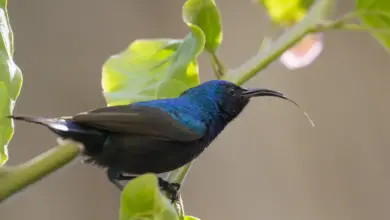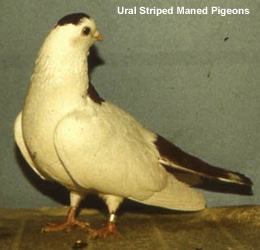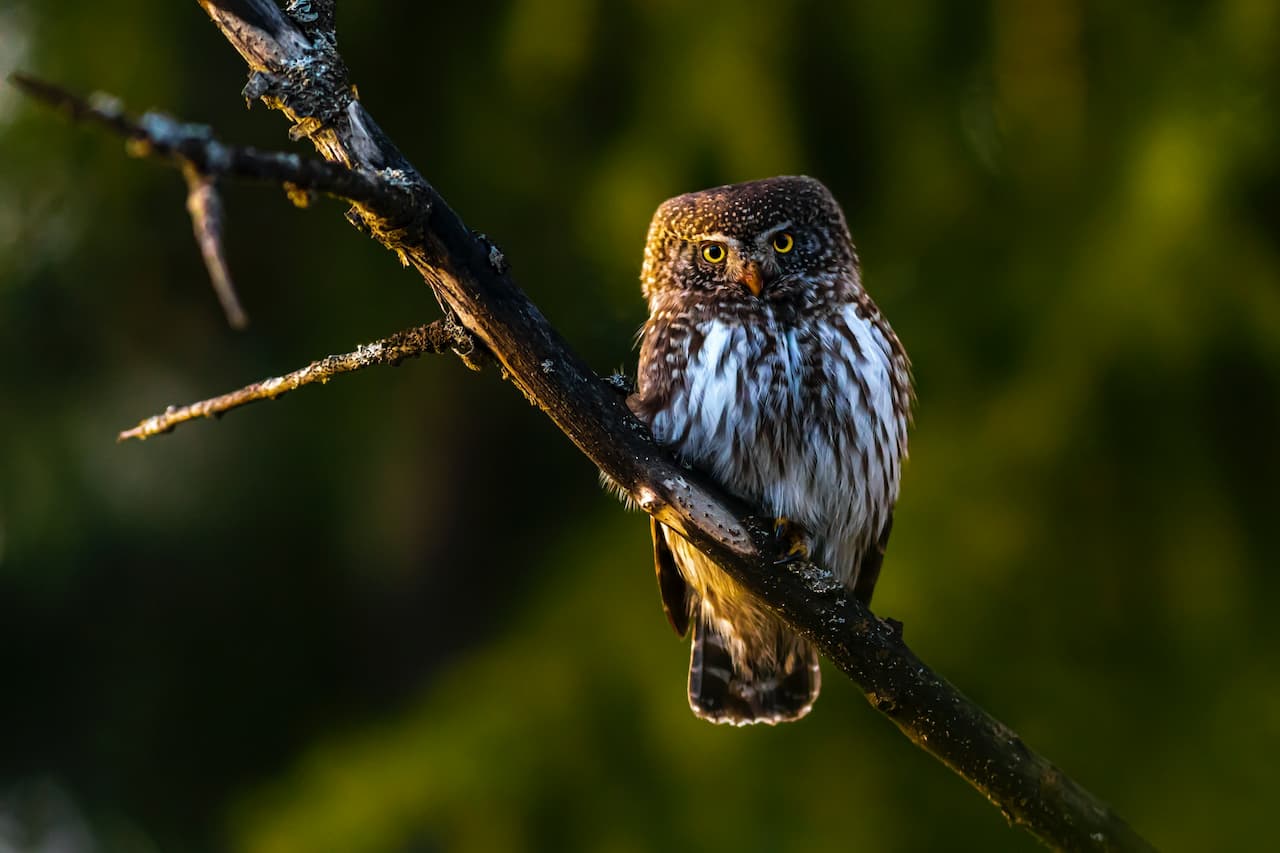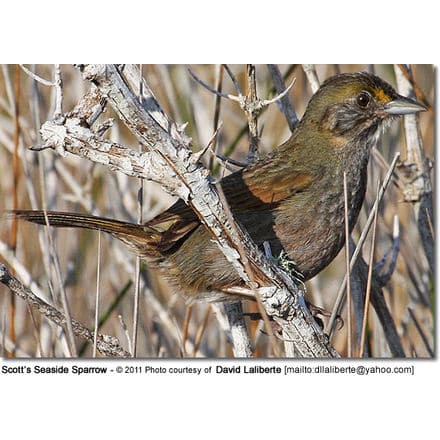Green-crowned Brilliant Hummingbirds
Hummingbird Information
The Green-crowned Brilliant Hummingbirds (Heliodoxa jacula) – also known as the Blue-throated Flying Dolphin or Green-fronted Brilliant – is a large hummingbird that occurs naturally in Central and South America.
Distribution / Range
The Green-crowned Brilliant Hummingbirds is found in the highlands from Costa Rica to western Ecuador – typically between 700 m and 2000 m in altitude, mainly on the Caribbean slopes.
It lives in wet mountain forests including edges, gaps, and tall second growth.
Subspecies and Distribution:
-
- Heliodoxa jacula jacula (Gould, 1850) – Nominate Race
- Found in extreme eastern Panama to north and central Colombia.
- Heliodoxa jacula jacula (Gould, 1850) – Nominate Race
- Heliodoxa jacula henryi (Lawrence, 1867)
- Found in Costa Rica and western Panama.
- Heliodoxa jacula jamesoni (Bourcier, 1851)
- Found in southwestern Colombia and western Ecuador.
Alternate (Global) Names:
Spanish: Brillante Coroniverde, Brillante frentiverde, Colibrí Jacula, Diamante Frentiverde … French: Brillant couronné de vert, Brillant fer-de-lance … Italian: Brillante capoverde, Colibrì diamante corona verde …, Czech: kolibřík subtropický, Kolibrík zelenotemenný … Danish: Grønisset Brillant … German: Grünscheitelbrillant, Grünscheitel-Brillant, Grünstirn-Brilliantkolibri, Grüscheitelbrillant … Finnish: Vihersäihkykolibri … Japanese: midoriboushiterihachidori … Dutch: Groenkruinbriljantkolibrie, Groenkruin-briljantkolibrie … Norwegian: Blåsmykkebriljant … Polish: brylancik niebieskogardly, brylancik niebieskogardły … Russian: Зеленошапочный бриллиант … Slovak: briliantovec prisadavý, Kolibrík šípový … Swedish: Grönkronad briljant
Description:
The male Green-crowned Brilliant Hummingbirds averages 13 cm in length and weighs around 9.5 g. His plumage is mostly bronze-green with a glittering green crown (top of the head), forehead, throat, and chest. He has a white spot behind the eye, a small violet throat patch, white thighs, and a deeply forked blue-black tail.
The female is a little smaller, averaging 12 cm in length and weighing about 8 g. Her plumage is green-spotted below. She also has a white spot behind the eye and a white stripe below the eye. She has a white-cornered shallowly-forked black tail.
Juvenile birds resemble adult of the same gender but are generally duller, the plumage below is bronze-tinged and their throat is buff-colored.
Breeding / Nesting:
Hummingbirds are solitary in all aspects of life other than breeding, and the male’s only involvement in the reproductive process is the actual mating with the female. They neither live nor migrate in flocks, and there is no pair bond for this species. Males court females by flying in a U-shaped pattern in front of them. He will separate from the female immediately after copulation. One male may mate with several females. In all likelihood, the female will also mate with several males. The males do not participate in choosing the nest location, building the nest, or raising the chicks.
The female Green-crowned Brilliant is responsible for building the bulky cup nest out of plant fibers and scales of tree ferns. The nest is typically found on a low, thin downsloping branch.
The average clutch consists of two white eggs – about 16.5 mm by 11 mm in dimension – which she incubates alone, while the male defends his territory and the flowers he feeds on. The young are born blind, immobile, and without any down.
The female alone protects and feeds the chicks with regurgitated food (mostly partially digested insects since nectar is an insufficient source of protein for the growing chicks). The female pushes the food down the chicks’ throats with her long bill directly into their stomachs.
As is the case with other hummingbird species, the chicks are brooded only the first week or two and are left alone even on cooler nights after about 12 days – probably due to the small nest size. The chicks leave the nest when they are about 7 – 10 days old.
Call / Vocalization:
The Green-crowned Brilliant has a loud squeaky kyew call.
Diet / Feeding:
The Green-crowned Brilliant Hummingbirds primarily feed on nectar taken from a variety of brightly colored, scented small flowers of trees, herbs, shrubs, and epiphytes. They favor flowers with the highest sugar content (often red-colored and tubular-shaped) and seek out, and aggressively protect, those areas containing flowers with high-energy nectar. They use their long, extendible, straw-like tongues to retrieve the nectar while hovering with their tails cocked upward as they are licking at the nectar up to 13 times per second. Sometimes they may be seen hanging on the flower while feeding.
Many native and cultivated plants on whose flowers these birds feed heavily rely on them for pollination. The mostly tubular-shaped flowers exclude most bees and butterflies from feeding on them and, subsequently, from pollinating the plants.
They may also visit local hummingbird feeders for some sugar water, or drink out of bird baths or water fountains where they will either hover and sip water as it runs over the edge; or they will perch on the edge and drink – like all the other birds; however, they only remain still for a short moment.
They also take some small spiders and insects – important sources of protein particularly needed during the breeding season to ensure the proper development of their young. Insects are often caught in flight (hawking); snatched off leaves or branches, or taken from spider webs. A nesting female can capture up to 2,000 insects a day.
Males establish feeding territories, where they aggressively chase away other males as well as large insects – such as bumblebees and hawk moths – that want to feed in their territory. They use aerial flights and intimidating displays to defend their territories.
Metabolism and Survival & Flight Adaptions – Amazing Facts
Species Research by Sibylle Johnson
For updates please follow Avianweb on Google+ (google.com/+Avianweb)
Please Note: The articles or images on this page are the sole property of the authors or photographers. Please contact them directly with respect to any copyright or licensing questions. Thank you.
The Avianweb strives to maintain accurate and up-to-date information; however, mistakes do happen. If you would like to correct or update any of the information, please send us an e-mail. THANK YOU!
earthlife.net:© Copyright Policies| Disclaimers | We respect your privacy: Site Privacy Policy | For questions or comments, please contact Website Administrator
Any content published on this site is commentary or opinion and is protected under Free Speech. It is only provided for educational and entertainment purposes and is in no way intended as a substitute for professional advice. Avianweb assumes no responsibility for the use or misuse of any of the published material. Your use of this website indicates your agreement to these terms.
Index of Parrot Species
Index of Bird Species
Popular Bird Species
- Bee-eaters
- Birds of Prey
- Bluebirds
- Cardinals / Red Birds
- Cranes
- Chicken (Backyard)
- Crows
- Doves
- Ducks
- Figbirds
- Geese
- Hummingbirds
- Kingfishers
- Nighthawks / Nightjars
- Owls
- Parrots
- Pigeons
- Sparrows
- Swans
- Toucans
- Woodpeckers
Interesting Facts
The Smallest Bird Alive …
Birds that can hibernate for months: the Common Poorwill
The Oldest Parrot:
- Blue & Gold Macaw
The ONLY Birds that Can Fly BACKWARDS …
The largest flying parrot species is …
- The Hyacinthine Macaw
The World’s Rarest Wild Parrot
- Spix’s Macaw
The parrots that build “bird condominiums”
- The Quaker Parrot
The Most Common Hawk in North America
The Eurasian Eagle Owl is the World’s Largest Owl
The record holder for speaking most words:
- Budgie (with over 1,700 words)
The Smartest Birds Alive?
- The birds that go fishing with breadcrumbs!
The largest wild goose ever recorded
- Home
- Parrots
- Breeding
- Wild Birds
- Shop
- Contact / Uploads





